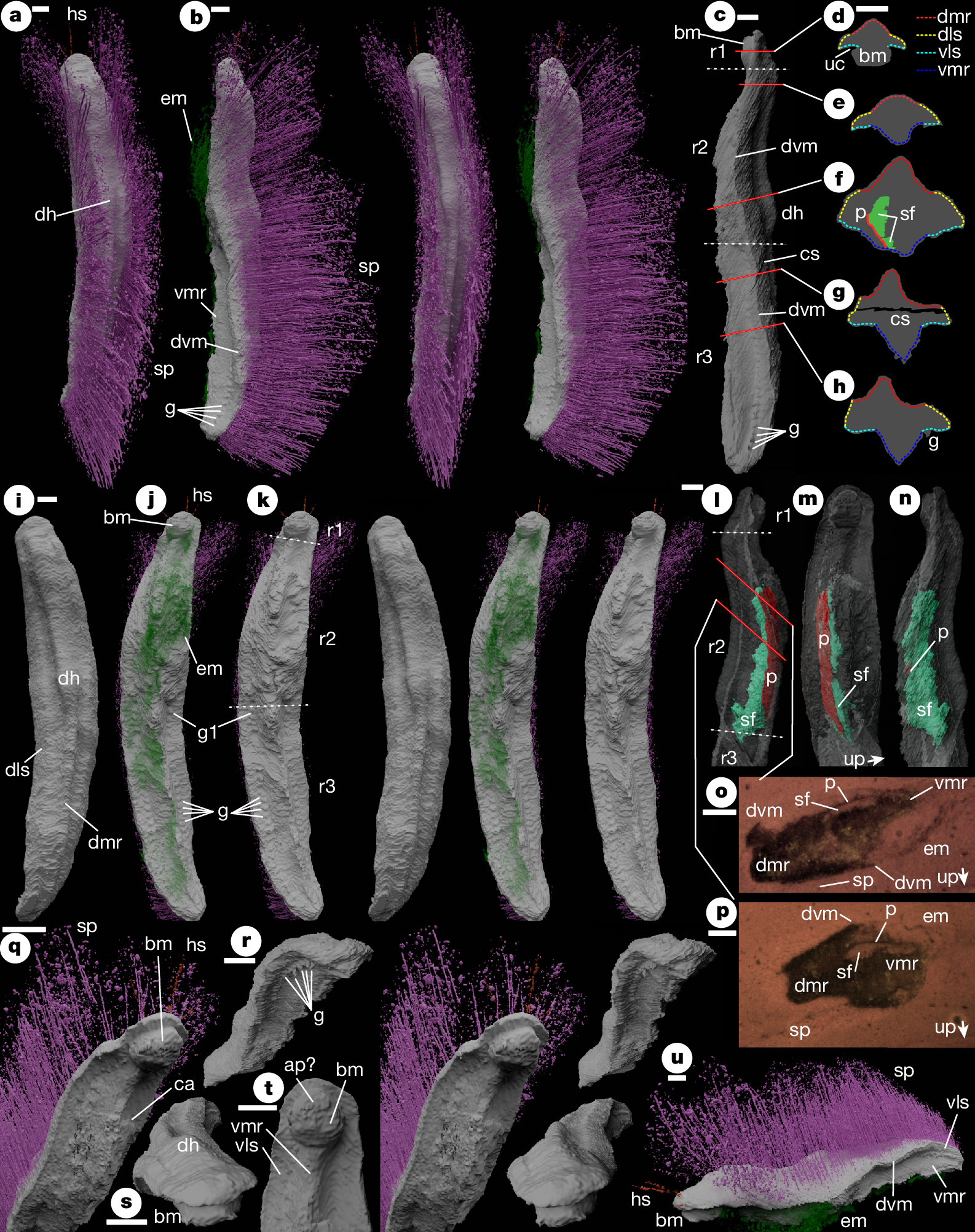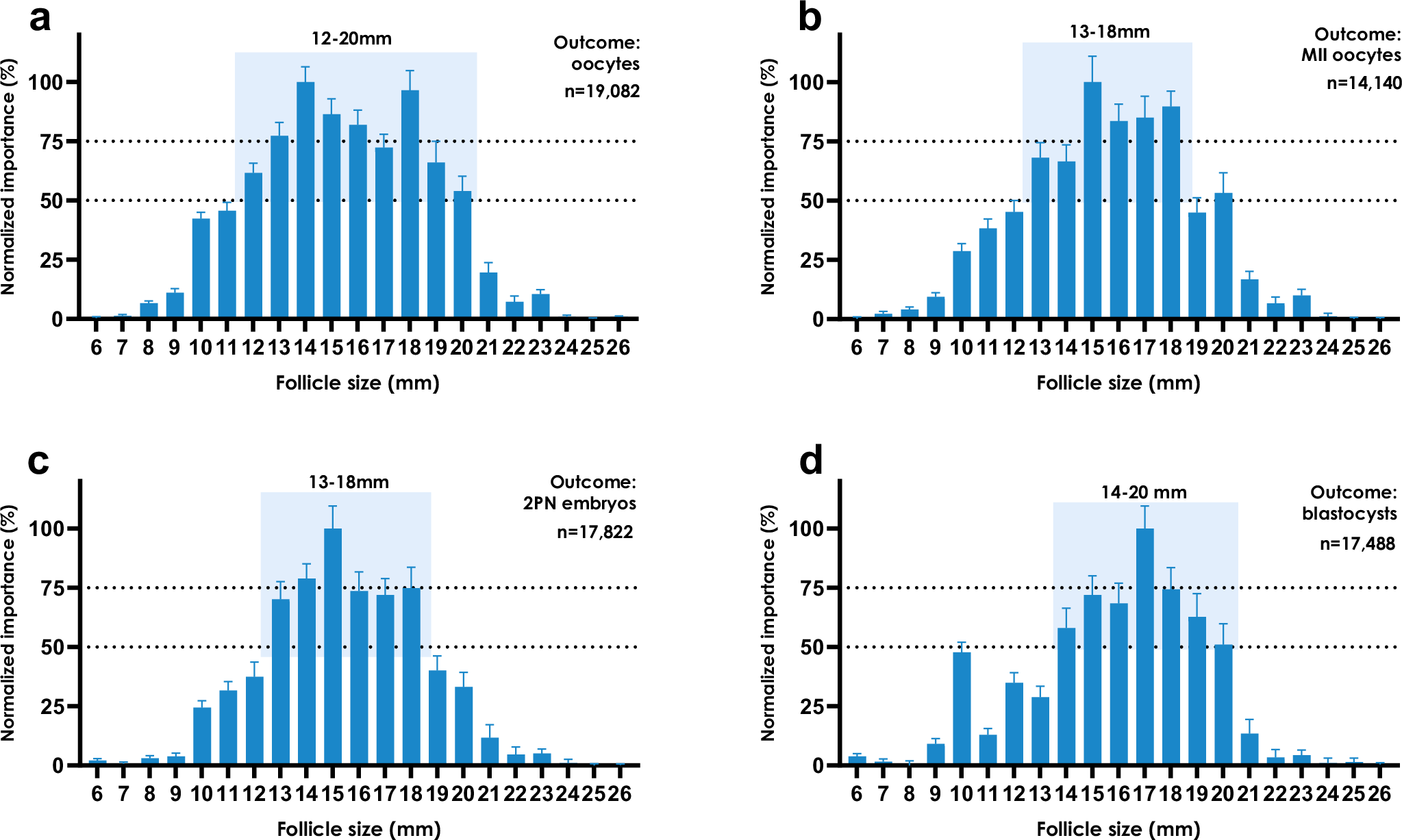2025-01-08 インペリアル・カレッジ・ロンドン
<関連情報>
- https://www.imperial.ac.uk/news/259554/punk-emo-fossils-challenge-understanding-ancient/
- https://www.nature.com/articles/s41586-024-08312-0
シルル紀の新しいアキュリフェルの化石から、軟体動物の複雑な初期の歴史が明らかになる New Silurian aculiferan fossils reveal complex early history of Mollusca
Mark D. Sutton,Julia D. Sigwart,Derek E. G. Briggs,Pierre Gueriau,Andrew King,David J. Siveter & Derek J. Siveter
Nature Published:08 January 2025
DOI:https://doi.org/10.1038/s41586-024-08312-0

Abstract
Mollusca is the second most species-rich animal phylum, but the pathways of early molluscan evolution have long been controversial1,2,3,4,5. Modern faunas retain only a fraction of the past forms in this hyperdiverse and long-lived group. Recent analyses6,7,8 have consistently recovered a fundamental split into two sister clades, Conchifera (including gastropods, bivalves and cephalopods) and Aculifera9, comprising Polyplacophora (‘chitons’) and Aplacophora. Molluscan evolution in toto is characterized by plasticity in body-plan characters10, but historically aculiferans have been interpreted as more conservative10,11. The few completely preserved aculiferan or aculiferan-like fossils from the early Palaeozoic12,13,14,15,16,17,18,19 have been largely regarded as transitional forms that inform questions of character polarity between the extant polyplacophoran and aplacophoran body forms20,21. The history of early aculiferans, and the morphological and ecological range that they occupied, remain inadequately sampled. Here we describe two new three-dimensionally preserved aculiferan species from the Silurian Herefordshire Lagerstätte22,23, which substantially extend the morphological and ecological range of the clade. Phylogenetic analyses indicate positions within a complex nexus of taxa and suggest reversals in the states of fundamental characters such as the presence of valves and the nature of the foot. In contrast to previous hypotheses of morphological conservatism, evolution in early aculiferans generated a profusion of unusual forms comparable to the diversification of other crown-group molluscs.


